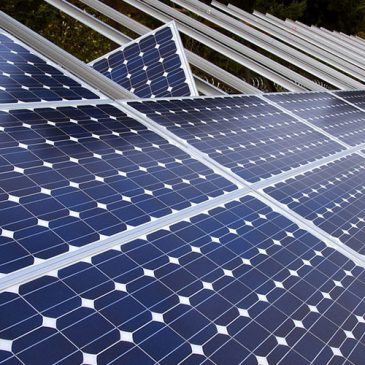Keeping Your Residential Solar Panels in Top Shape Through Maintenance
Aside from their robust environmental value as a renewable source of clean energy, solar panels are also prized for their ability to provide consistent power with very little maintenance. However, when you’re relying on solar power for heat, electricity, and many other essential utilities, it’s natural to wonder whether your residential solar panel system needs servicing.
And if it does, how often and who is the best person to perform it? With those questions in mind, here are five factors to keep in mind when considering having regular or annual maintenance done on your residential solar panels.
Consider Your Climate
If you live in an area that gets consistent rain, that rain serves as a natural cleaner of your panels, so they likely won’t need any supplementary attention. The same goes for snow, as the sun will often melt any build-up on your roof within a day or two, and your panels will be exposed and clean once again.
However, if you live in a desert climate with little rain, then your solar panel system may be disposed to dusty, grimy build-up, and a routine hosing-off might be in order every now and again.
Gauge the Solar Panels’ Efficiency
The conventional solar panel wisdom will tell you that panels should provide at least 85% output for the first 25 years after installation. It’s important to check your system’s output every now and then to make sure this efficiency level hasn’t dropped.
One clear indicator that this output may have fallen might be a higher electricity bill than you’re used to seeing. If you get three or four monthly bills in a row with increased power charges, then you might want to get your panels’ efficiency levels evaluated.
Check Your Solar Panel Warranty
If you do notice these higher charges and want to get your system looked at, the first thing you should do is take a look at the warranty given by your solar installer. Reputable solar companies typically provide a warranty promising that 85% output in the first 25 years, and some even offer additional warranties with shorter timeframes (for example, ensuring 90% output within the first 10 years).
If you believe your energy output has dropped below these percentages within these timeframes, then you may be entitled to free services to correct the inefficiency. Without a warranty, these services could run up to as much as $2,000.
Look at a Few Individual Solar Panels
When attempting to find the source of your system’s lower output, try to find out if one or two panels are the cause of the issue. Repair or replacement of only a few panels is often less expensive than servicing an entire system, and it also takes less time. With a warranty, cost shouldn’t be an issue. But if the hassle of fixing or replacing an entire solar panel system can be avoided, so much the better.
Get Professional Help for Extended Maintenance on Solar Panels
Whether you want to evaluate your system’s efficiency, have it cleaned, or repair and/or replace panels, your safety is the most important thing. As noted above, a warranty will likely waive any maintenance costs from your solar provider, so if you’re not comfortable getting up on that roof, or if you want to make sure you’re reading that meter right, getting help from a professional is never a bad idea.
[image via: Oregon Department of Transportation]

